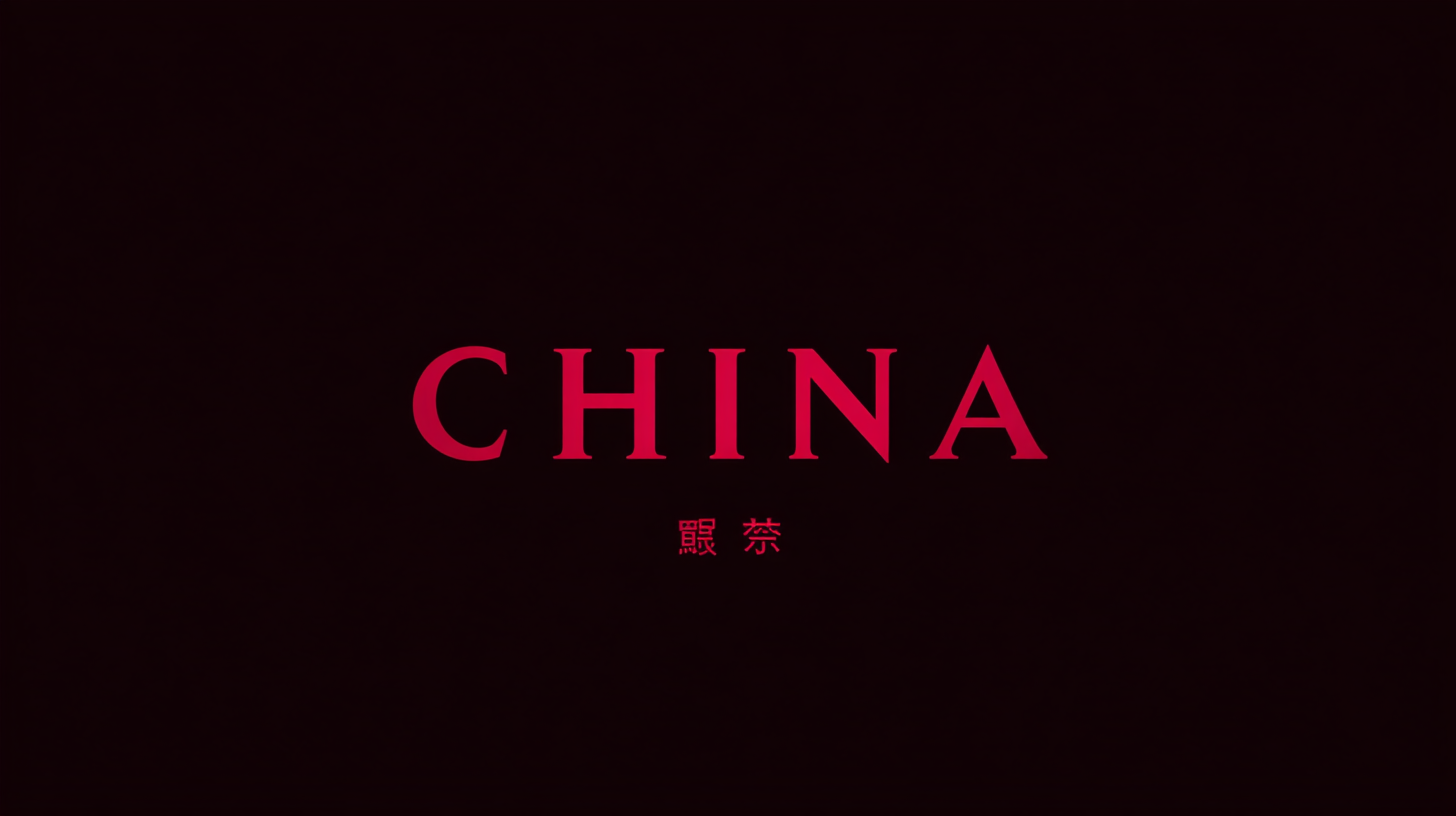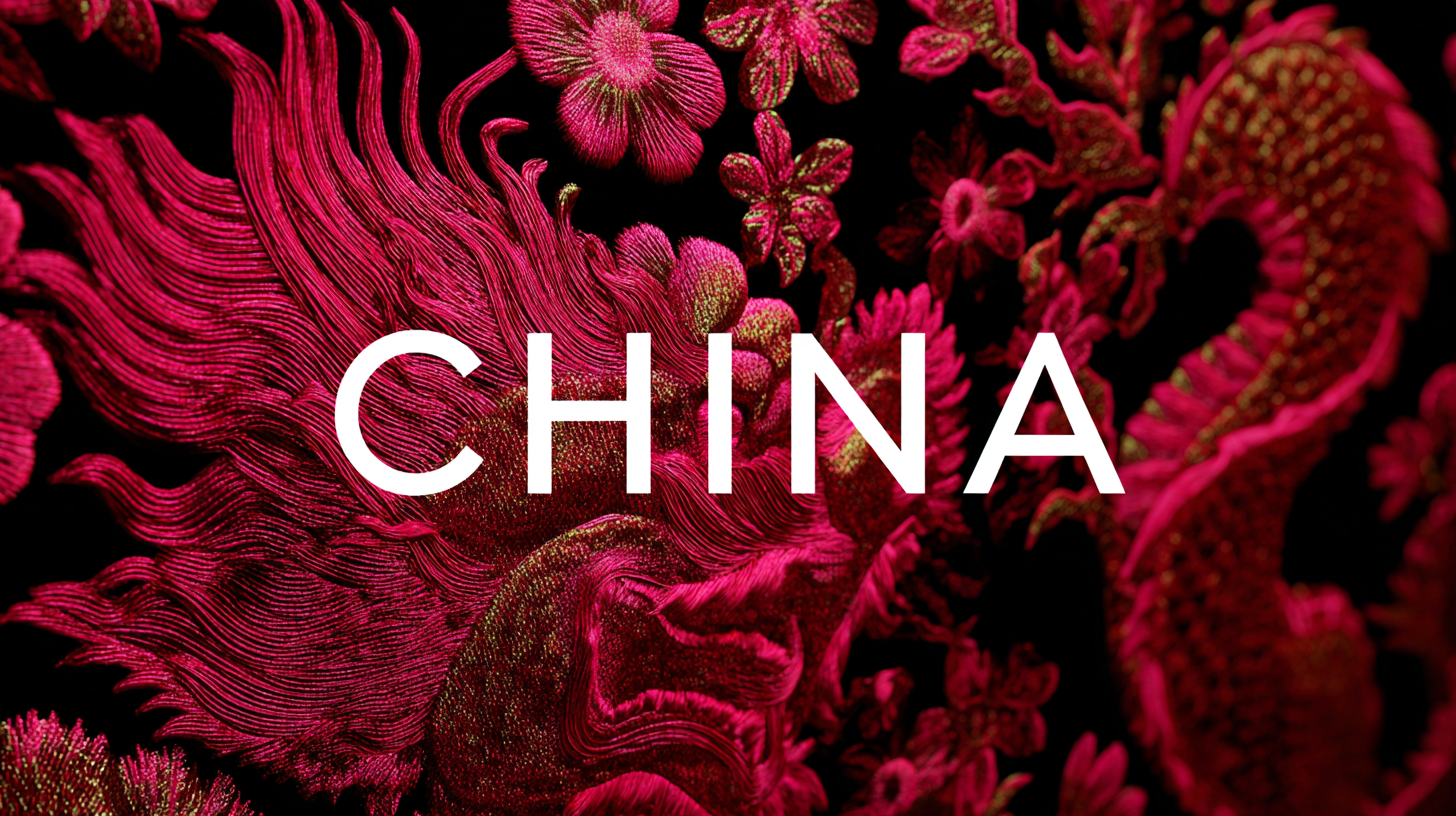

In an increasingly interconnected world, global buyers are faced with the challenge of navigating the complexities of sourcing high-quality products from China. As the production hub of the globe, China offers a vast array of goods, but the key to success lies in identifying the best solutions amidst a sea of options. This blog will explore alternative strategies that global buyers can adopt to optimize their procurement processes, ensuring they not only access top-notch products but also foster sustainable and ethical sourcing practices. With rising competition and market demands, understanding how to effectively leverage China’s diverse manufacturing landscape will redefine the future of sourcing. Join us as we delve into innovative approaches that empower buyers to make informed decisions and unlock the true potential of China's vast marketplace.

In today's shifting geopolitical landscape, global buyers must navigate the complexities of sourcing reliable suppliers in China. Recent reports indicate that political tensions, such as the deteriorating EU-China relations, have increased risks in procurement processes. Buyers are advised to employ rigorous supplier selection metrics, such as compliance with international standards, financial stability, and supply chain resilience. According to a review of advanced supply chain management techniques, deep learning and machine learning have proven effective in enhancing supplier selection and inventory control, allowing buyers to make informed decisions.
Tip: When evaluating suppliers, prioritize those who demonstrate transparency and a track record of adaptability amid changing market conditions.
Additionally, with the U.S.-China technological decoupling underway, businesses should assess how these developments affect their supply chains. Comprehensive risk assessments based on economic forecasts and industry benchmarks are essential. As China maintains its control over critical minerals, ensuring that suppliers are capable of providing alternative sources or substitutes could safeguard against potential shortages.
Tip: Implement regular supplier audits and assessments to monitor their capability in adapting to external pressures and maintaining compliance with evolving trade regulations.

In international trade, supplier certifications play a crucial role in establishing trust between global buyers and manufacturers, especially when sourcing products from
China. These certifications serve as benchmarks that indicate compliance with industry standards and regulations, ensuring that the products meet quality and safety requirements.
For buyers, verifying these certifications can significantly reduce risks such as subpar product quality, potential legal liabilities, and supply chain disruptions.
Understanding the importance of supplier certifications not only helps in making informed purchasing decisions but also enhances the buyer's reputation in their respective markets.
Certifications such as ISO, CE, and RoHS are essential in various industries and signal that a supplier adheres to best practices.
As global buyers increasingly seek reliable and competitive products, leveraging these certifications becomes a strategic asset that can foster strong partnerships and facilitate smoother transactions across borders.
In the ever-evolving landscape of global trade, ensuring product quality remains paramount for international buyers seeking the best products from China. According to a report by Statista, approximately 70% of global importers cite product quality as their top concern when sourcing from overseas suppliers. This statistic underscores the importance of implementing rigorous evaluation methods that leverage data-driven approaches in product selection.
One effective strategy involves utilizing cutting-edge inspection technologies, such as AI-powered quality control systems, which can significantly enhance the accuracy and efficiency of product assessments. A recent study published in the Journal of Supply Chain Management showed that companies employing data analytics to monitor quality control saw a 40% reduction in defects and returns. Furthermore, Global Sources indicates that nearly 65% of importers now rely on third-party quality assurance services to mitigate risks associated with sourcing from China. By harnessing these innovative approaches, global buyers can better navigate the complexities of product quality, ultimately leading to more successful procurement strategies.
In today's global marketplace, sourcing the best products from China can be a daunting task for buyers. However, leveraging technology has transformed the way supplier research is conducted, making it simpler and more efficient than ever. With various tools and platforms available, buyers can now access detailed information on potential suppliers, enabling them to make informed decisions quickly.
One essential tip for streamlining your research process is to utilize online sourcing platforms that aggregate supplier data in one place. These platforms often include user reviews, ratings, and verification processes that provide additional assurance of a supplier's credibility. Additionally, utilizing artificial intelligence tools can help filter suppliers based on specific criteria such as product type, price range, and production capacity, saving valuable time and effort.
Another effective strategy is to engage in virtual trade shows and webinars. These allow buyers to connect directly with suppliers, ask questions, and see products in real-time. This not only personalizes the experience but also fosters relationships that are crucial for successful transactions. By embracing these technological advancements, global buyers can improve their sourcing outcomes and gain a competitive edge in the market.
This chart illustrates the performance of different product categories sourced from China based on supplier reliability, delivery time, and product quality. The data helps global buyers make informed decisions when selecting suppliers.
Building strong buyer-supplier relationships is essential for global buyers looking to source the best products from China. Trust and communication serve as the foundation for these relationships, enabling buyers to navigate the complexities of international trade. Establishing a clear line of communication helps to clarify expectations, deadlines, and potential challenges ahead of time. Regular updates and feedback can foster collaboration, ensuring that both parties are on the same page.
**Tip:** Always conduct thorough due diligence on potential suppliers. Verify their credentials, factory certifications, and customer reviews to establish credibility before entering into any agreements.
Moreover, ensuring product quality is a top concern for buyers. By implementing quality control measures at different stages of production, buyers can mitigate risks and avoid costly errors. This may include setting up pre-production meetings, in-process inspections, and final quality checks to ensure the products meet the required standards.
**Tip:** Consider visiting suppliers in person or working with third-party inspection services to evaluate the production facilities and maintain oversight throughout the manufacturing process. This proactive approach helps to build trust and ensures that the products meet your organization's quality benchmarks.
